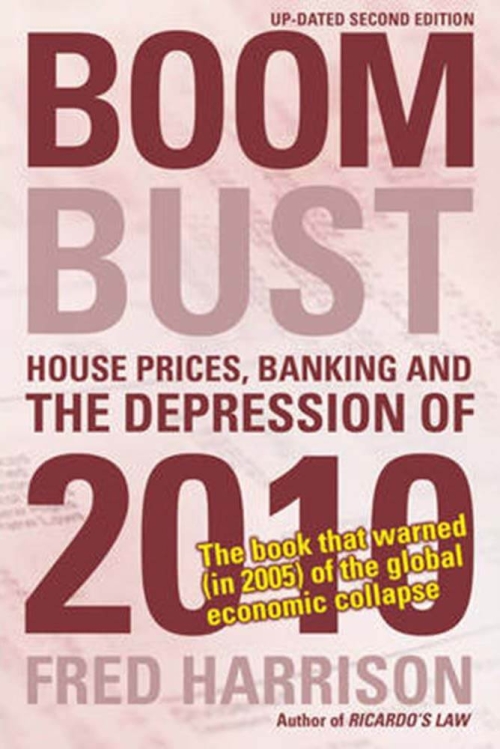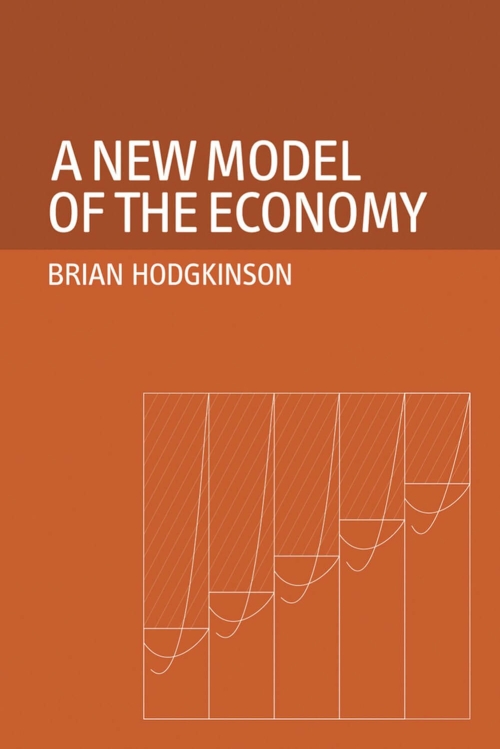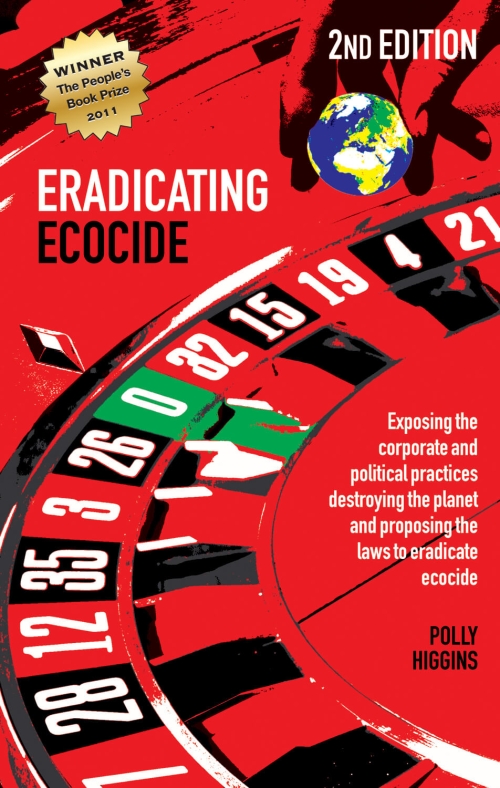Description
“A symbolic work is a perpetual challenge to our thoughts and feelings because even if we know what the symbols are, they do not refer to a given thing, like a sign, but they are bridges thrown out towards an unseen shore.”
Carl Gustav Jung
“It is through symbols such as these that our consciousness may be awakened to a ‘new awareness of the inner meaning of life and of reality itself’. An understanding of symbols is the way to tolerance and understanding between different religious groups.”
Faith & Freedom
With the world and the human race facing serious problems ranging from global warming, environmental despoliation, war and a major economic downturn, many writers are trying to goad mankind into action. The author argues they “are written in an evangelical or rhetorical way, as though society can somehow be swayed into adopting some new or improved consciousness”. His aim is to “open some eyes” so that responsible action may follow.
To do this, he draws on his own experience, both as a chemist working as a patent agent, and as having undergone two years of analysis at the Jung Institute in Zurich. From this came the realisation that, as Jung put it, for ‘the whole to change, the individual must change himself’. It is too easy to make politicians, scientists and big business the scapegoats for the failings of the world. As Schumacher, author of Small is Beautiful, wrote, the problems “lie too deep in the heart and soul of every one of us. It is there that the main work of reform has to be done”.
In a quest for understanding, the author, like Jung, turned to the ancient Chinese philosophy of Taoism and began to appreciate the significance of symbols as a subtle way of conveying understanding. Contemplating “The Diamond Body”, a Self symbol described in Richard Wilhelm’s The Secret of the Golden Flower, led him, as a chemist, to recognise the important nature of the tetrahedron, both as the simplest form of solid with four corners and faces and its crystalline expression in the Chinese Self symbol of the Diamond Body. He also realised the huge symbolic importance of the quaternity represented by the four valences of carbon in the structure of all living matter.
“The diamond and the star”, writes the author, “are such wonderful symbols that I have tried to observe them in a variety of contexts, so that their magic may stimulate the imagination.”
______________________________________________
Author Details
John Warden spent the war years in Malaya and India. He studied Chemistry at Oxford and worked in Tanzania, later becoming a Patent Agent in London and Canada. During that time, he founded, and for five years was the Editor-in-Chief of the Annual of Industrial Property Law (Shepheard-Walwyn, 1975). After retiring early, he studied at the C.G. Jung Institute in Switzerland for two years. There he applied his extensive knowledge of the chemistry of living matter to the important subject of symbolism in Eastern and Western thought and Jungian psychology. He is a Fellow of the Royal Society of Chemistry and lives near Oxford.
______________________________________________
Reviews
“It is an holistic vision of the unity of the natural and human sciences in all their facets guided by the author’s own sense of an emerging marriage of east and west.”
The Watkins Review
“This is an inspired book and I hope it will be widely read and meditated upon.”
John Clarke, Professor Emeritus in the History of Ideas at Kingston University, London
“Here, in this gem of a book, he offers us the enrichment of many creative ideas from his lifelong exploration of the scientific, psychological, intellectual and spiritual realms.”
Chungliang Al Huang, author & founder-President of Living Tao Foundation, Urbana, Illinois






